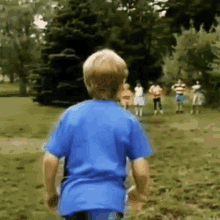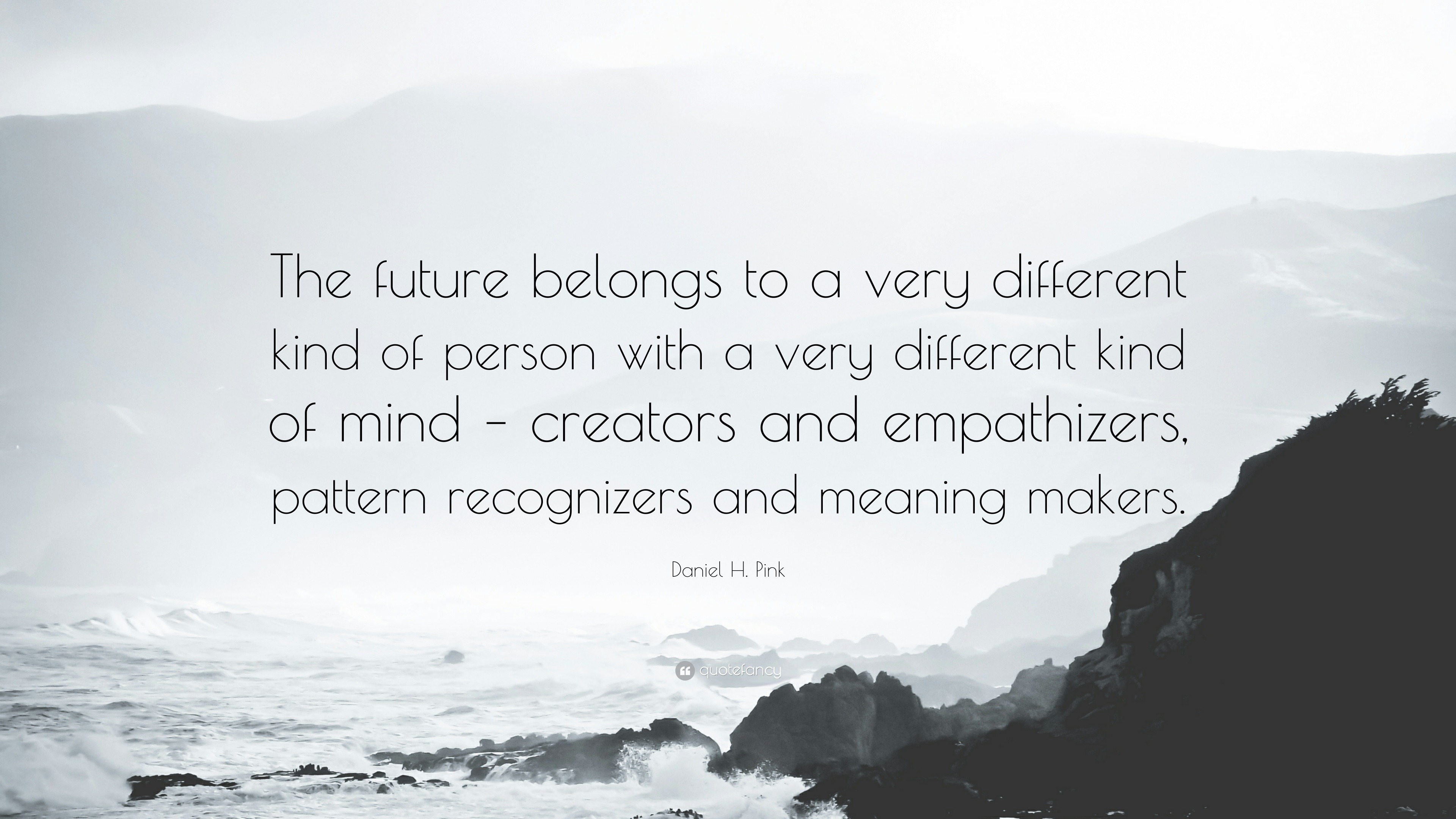
I recently completed leading a cohort with RocketPD on the topic of “Retaining teachers & improving learning through innovative & personalized professional development,” which is a bit of a mouthful for a title, but there is a clear focus for the cohort.
How do we improve learning for our entire community (including staff) and create spaces where people want to be and feel truly valued?
I believe there is a space where we can do both of these things.
One of the strategies I discussed with the group was creating a “Strengths-Based Professional Learning Plan” created and led by staff. This not only brings out the best in the people we serve but also gives them ownership over the direction of the school.
People are more likely to achieve a goal when they create and have ownership over the plan.
As a principal, I created this alongside my own staff and wrote about it extensively in “The Innovator’s Mindset.” In the book, I wrote the following:
Focusing on individuals’ strengths that contribute to the vision of the school helps to move us from pockets of innovation to a culture where innovation flourishes. When each individual is recognized for his or her own unique qualities and how those strengths support the overall vision of learning for our school, we can truly transform our schools. By focusing on strengths first and building from there, as opposed to working from a deficit model that focuses only on where we need improvements, we create an environment where people feel they have a purpose in their classrooms and for the entire school…Tap into those strengths and use them to move forward.
Do we really think someone will be innovative in an area they hate?
As I wanted to share the idea with the cohort and provide them with tangible products so they could create a version within their own school, I procrastinated a bit on putting a template together. I love creative work and articulating ideas, but the monotonous process of putting a template together does not get me excited.
Then I thought…

There is a better way to do this. Why wouldn’t I utilize ChatGPT to put the template together for me?
So here was the process I followed:
1. I copied the text from my book on “Strengths-Based Leadership” and put it into ChatGPT, asking for “3 Questions for Others to Consider.”
2. Then, I utilized the prompt, “Create a template that others can use to do this in their own school district.“
It provided me with that template, which I simply copied and pasted into a Google Doc for others to use (I am sure there is an easier way).
You can see my process on ChatGPT here and the template on Google Docs (please feel free to use and modify it for yourself) here.
Is anything that I just shared with you genuinely mind-blowing? Probably not.
Sometimes, when I share this stuff, I feel like the old guy who just figured out FaceTime for the first time.

But hopefully, something here is helpful to you reading this.
There are two takeaways I wanted to share about this process.
- Using AI is often not hard, but it is an unnatural habit (for me) right now. It is not that I don’t know how to use much of this stuff; it is that I don’t think to use it. Google was like that at a point in my life (and probably yours). The habit I am trying to develop is that if I am looking at having to complete a monotonous task, I ask, “Is there an AI tool that could do this for me?”
- The second thing I want to consider is the type of task that I am asking AI to do. I didn’t ask it to create the thinking behind a “Strengths-Based Professional Learning Plan” but to make the template based on something I already created. The creative work is something for me to do, not AI.
This reminded me of Dan Pink’s book “Drive” and one of my takeaways. When we want to do meaningful work, intrinsic motivation is the best driver of that type of learning. Extrinsic rewards are best for what I characterize as the “lawnmower” activities. To mow the lawn, you go back and forth until it is done (unless you are making alien crop circles and wanting to mess with the world!). There is work to do, but not necessarily much thinking and creativity in that process. (Some people love these activities because it can be soothing and get your mind off of stress, myself included!)The “lawnmower” activities are what I am saving AI for in my process. Pink shares the following in the book:

We can only make meaning of things if we do the creative work.
Here is another way it can be said that I recently saw being shared on social media.

There are ways to utilize AI to make our lives easier, but it should never replace the creative process. It should only give us more time to do work that any individual finds meaningful.
